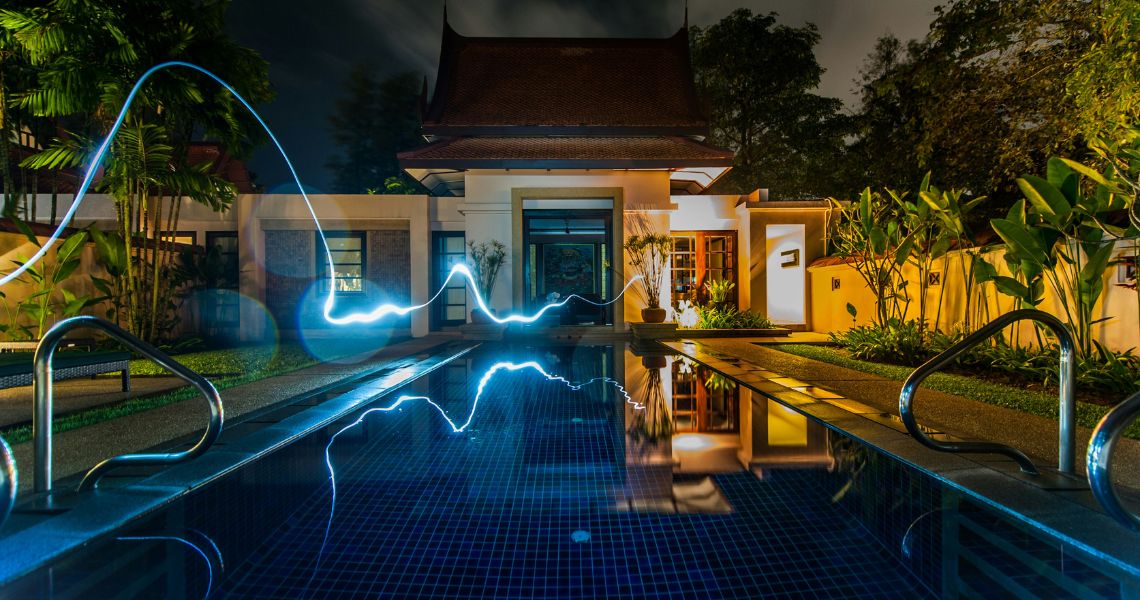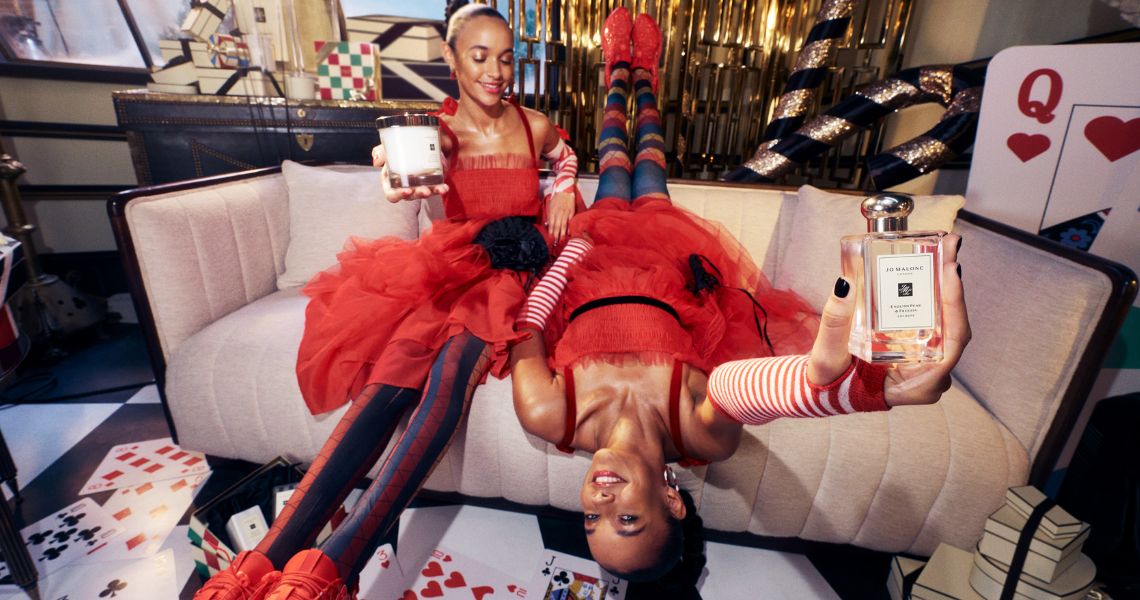Fashion has always lived between creativity and structure. Designers chase ideas while business teams focus on numbers, logistics and timelines. For a very long time, these worlds felt separate. Sketches and runways existed far from spreadsheets and inventory systems. But that gap is closing fast.
Technology now connects both sides of fashion into one flow. Modern tools such as ERP fashion systems, allow creative energy to move smoothly through production and retail. The result is a more stable, scalable way to grow without losing style or soul.
Turning Ideas Into Action
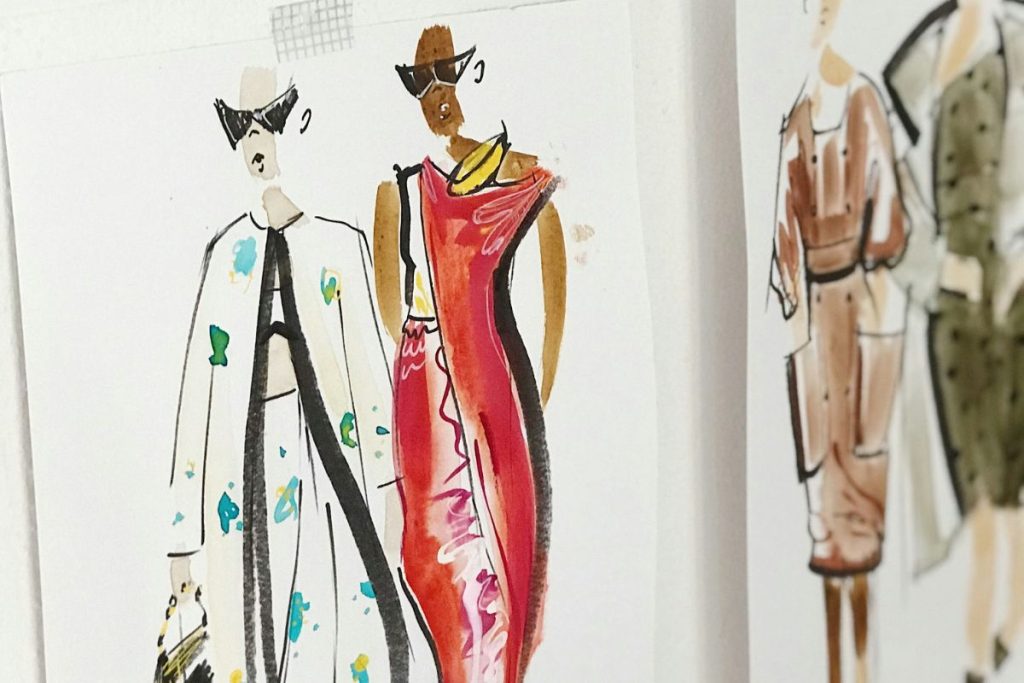
One big step forward comes through ERP fashion systems. They act like the central brain of a brand. Instead of juggling isolated software for design, materials and shipping, everything lives under one umbrella. Teams can view real-time updates, track production stages and plan budgets all in one place.
This integration keeps designers, buyers and managers in sync. It also stops the constant chasing of missing files and last-minute confusion. The system translates creative vision into actionable data that drives the whole business forward.
Streamlining the Chaos
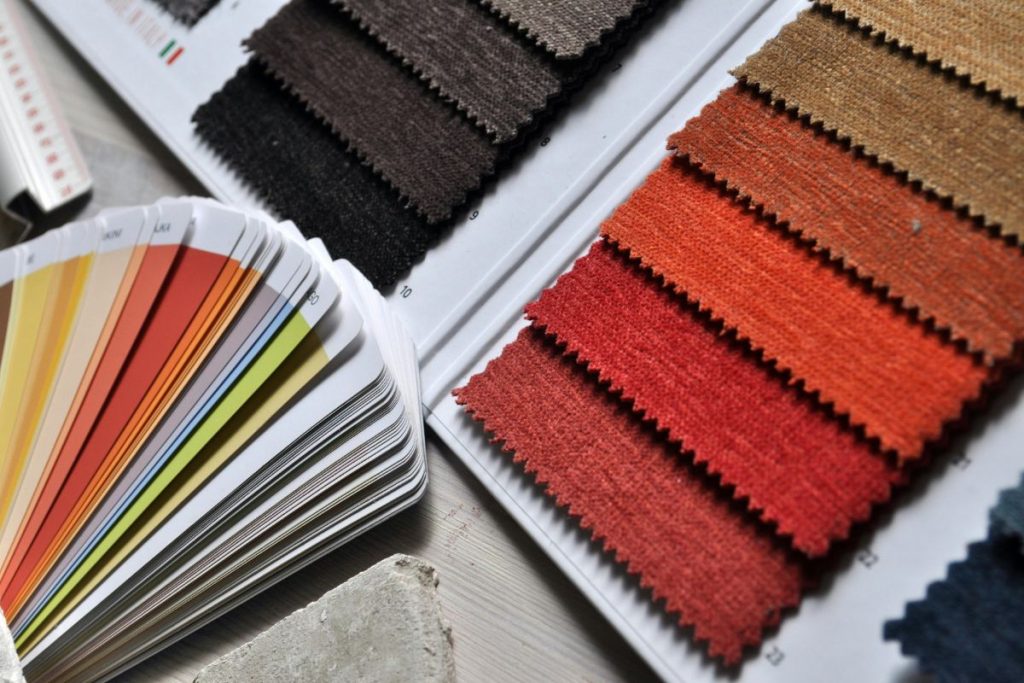
Fashion production often feels like organized chaos. Deadlines crash into shipping delays, while styles change mid-season. ERP tools bring calm to that storm. They give brands a clear picture of what is happening from start to finish. Managers can see where materials are, what stage each collection is in and when finished goods will arrive.
That kind of visibility saves time and prevents expensive mistakes. When teams stop guessing, they can plan better. Each department moves with confidence instead of rushing to put out fires.
Creativity Without the Bottleneck
Designers thrive when they can focus on ideas, not paperwork. Traditional systems buried them in approvals and repetitive tasks. Integrated platforms change that. They free up time for the creative side while still keeping data clean. Sketches, material specs and sample notes can flow straight into production files.
This reduces back-and-forth communication and limits errors. When designers know their ideas will be handled correctly downstream, they take more risks and push boundaries. Innovation grows naturally in that kind of space.
Smarter Collaboration Across Teams
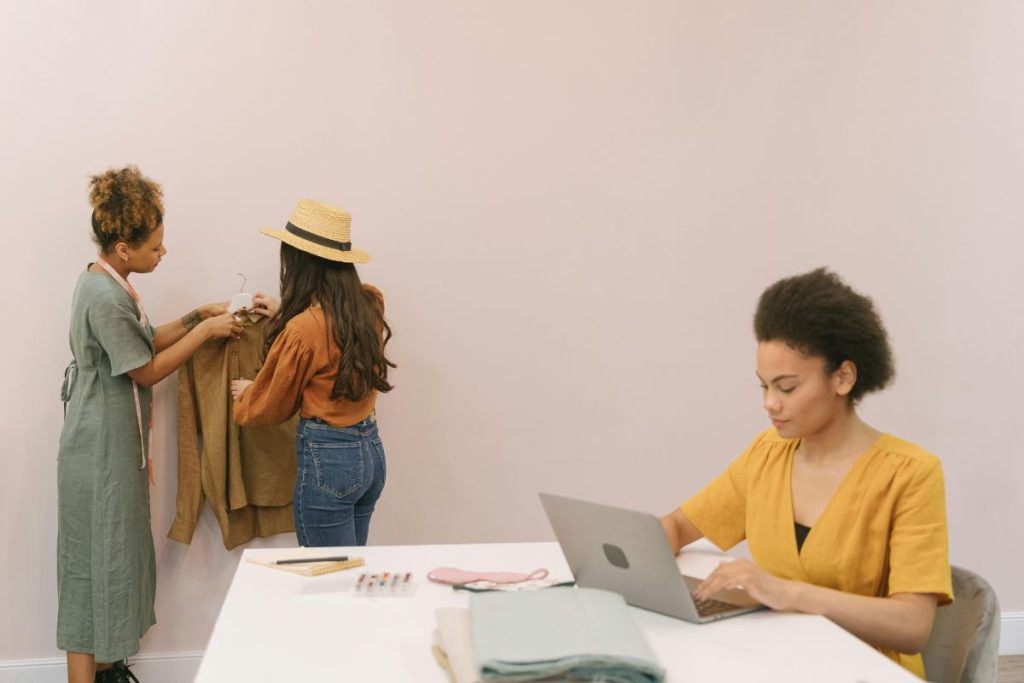
Fashion runs on teamwork. Designers, product developers, sourcing agents and marketers all need to move together. ERP fashion tools make this collaboration easier. Everyone shares one version of the truth. Updates appear instantly, so no one works with outdated data.
A designer in Milan can see the same figures as a sourcing manager in Vietnam. That alignment creates trust and speed. It also eliminates the frustration of disconnected systems that never seem to agree. Smooth collaboration is what turns fast ideas into finished collections.
Scaling With Confidence
Growth sounds exciting, but it can break a brand that lacks structure. Without the right foundation, scaling leads to confusion and waste. ERP systems give fashion labels the stability to expand without losing control.
As production grows, the system adapts. It handles more suppliers, more SKUs and more data without slowing down. Reports stay accurate and workflows stay consistent. Decision-makers can see the big picture while still keeping an eye on the details. That mix of structure and flexibility keeps creativity alive while supporting business growth.
Sustainability Through Smarter Systems
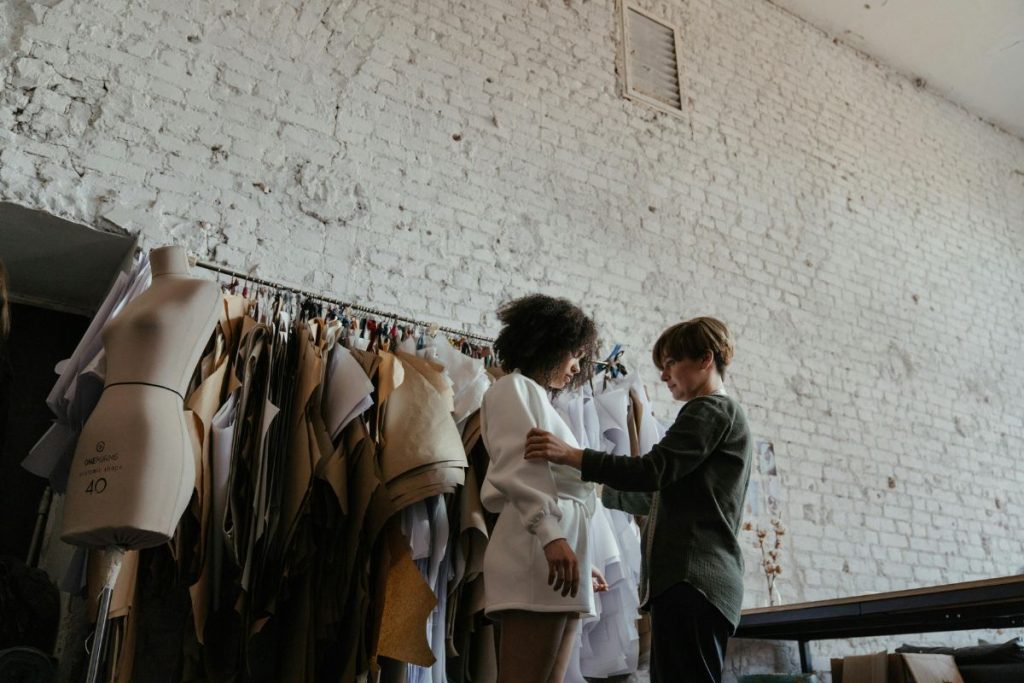
A strong ERP setup also supports sustainability. Brands can track resource use, monitor supplier compliance and plan smarter production runs. Less waste means lower costs and a smaller environmental footprint. By combining creative planning with real-time data, companies can design products that look good and do good.
Customers care deeply about this transparency. When they see that a brand manages its resources responsibly, loyalty rises. Tech helps turn sustainability from a marketing claim into measurable action.
Wrapping It All Up
The fashion world thrives on imagination, but it also needs order to survive. ERP fashion integration bridges the gap between creativity and business structure. It gives designers freedom while giving managers control.
The system reduces waste, speeds up decision-making, and keeps everyone working from the same page. It transforms the energy of a great idea into a clear, repeatable process that can scale. The brands that learn to balance art and efficiency will define the next era of fashion. Technology will not replace creativity. It will amplify it.
Images courtesy of unsplash.com and pexels.com





